A Tale of Two Cities (Everyman's Library (Cloth)) 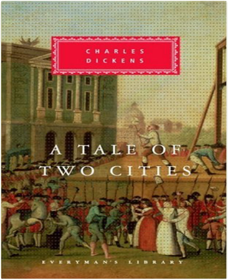 American Notes 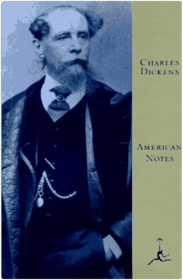 Barnaby Rudge (Everyman's Library) 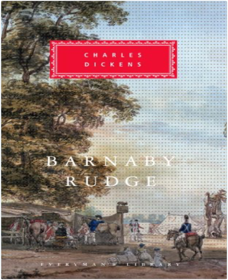 Charles Dickens’s first historical novel–set during the anti-Catholic riots of 1780–is an unparalleled portrayal of the terror of a rampaging mob, seen through the eyes of the individuals swept up in the chaos. Those individuals include Emma, a Catholic, and Edward, a Protestant, whose forbidden love weaves through the heart of the story; and the simpleminded Barnaby, one of the riot leaders, whose fate is tied to a mysterious murder and whose beloved pet raven, Grip, embodies the mystical power of innocence. The story encompasses both the rarified aristocratic world and the volatile streets and nightmarish underbelly of London, which Dickens characteristically portrays in vivid, pulsating detail. But the real focus of the book is on the riots themselves, depicted with an extraordinary energy and redolent of the dangers, the mindlessness, and the possibilities–both beneficial and brutal–of the mob. One of the lesser-known novels, Barnaby Rudge is nonetheless among the most brilliant–and most terrifying–in Dickens’s oeuvre. Bleak House (Everyman's Library (Cloth)) 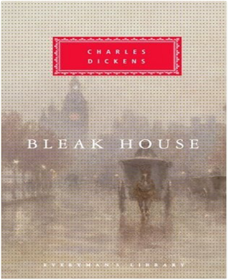 A Christmas Carol and Other Christmas Books 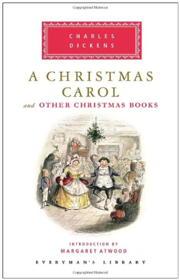 No holiday season is complete without the story of tightfisted Mr. Scrooge, of his long-suffering and mild-mannered clerk, Bob Cratchit, of Bob’s kindhearted lame son, Tiny Tim, and of the Ghosts of Christmas Past, Present, and Future. First published in 1843, A Christmas Carol was republished in 1852 in a new edition with four other Christmas stories—The Chimes, The Cricket on the Hearth, The Battle of Life, and The Haunted Man. These beloved tales revived the notion of the Christmas “spirit”—and have kept it alive ever since. David Copperfield (Everyman's Library) 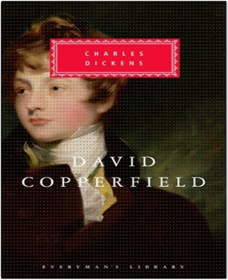 Dombey and Son 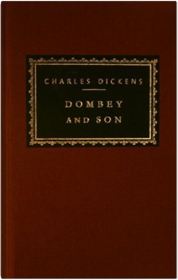 Ghost Stories 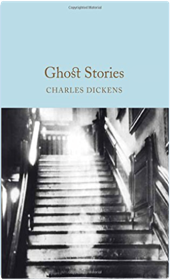 This collection brings together all Dickens' ghost stories - twenty in all - including several long tales. Here are chilling histories of coincidence, insanity and revenge. Illustrated by various artists, with an afterword by David Stuart Davies. Designed to appeal to the booklover, the Macmillan Collector's Library is a series of beautifully bound gift editions of much loved classic titles. Bound in real cloth, printed on high quality paper, and featuring ribbon markers and gilt edges, Macmillan Collector's Library are books to love and treasure. Great Expectations 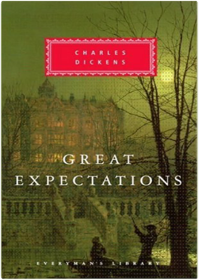 Hard Times 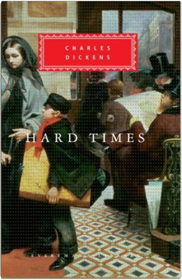 By 1854, when Hard Times was published, Charles Dickens' magisterial progress as a writer had come to incorporate a many-sided, coherent vision of English society, both as it was and as he wished it to be. Hard Times, a classic Dickensian story of redemption set in a North of England town beset by industrialism, everywhere benefits from this vision - in the trenchancy of its satire, in its sweeping indignation at social injustice, and in the persistent humanity with which its author enlivens his largest and smallest incidents. (Book Jacket Status: Jacketed) Little Dorrit 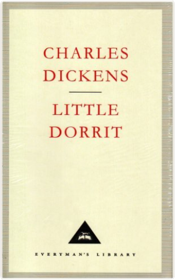 Martin Chuzzlewit 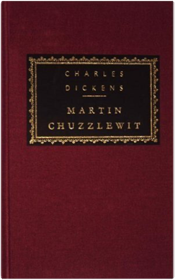 Having unjustly disinherited Iris grandson, young Martin, the old fellow now trusts no one but Mary Graham, the pretty girl hired as Iris companion. Though she has been made to understand she will not inherit a penny, she remains old Chuzzlewit's only ally. As the viperish relations and hangers-on close in on him, we meet some of Dickens's most marvelous characters — among them Mr. Pecksniff (whose name has entered the language as a synonym for ultimate hypocrisy and self-importance); the fabulously evil Jonas Chuzzlewit; the strutting reptile Tigg Montague; and the ridiculous, terrible, comical Sairey Gamp. Reluctantly heading for America in search of opportunity, the penniless young Martin goes west, rides a riverboat, and is overtaken by bad company and mortal danger — while the battle for his grandfather's gold reveals new depths of family treachery, cunning, and ruthlessness. And in scene after wonderful scene of conflict and suspense, of high excitement and fierce and hilarious satire, Dickens's huge saga of greed versus decency comes to its magnificent climax. Mrs Lirriper 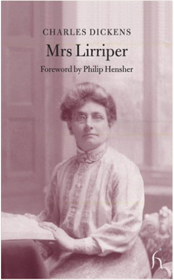 Nicholas Nickleby 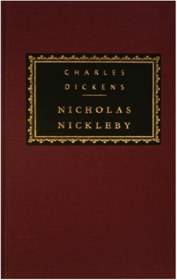 Oliver Twist (Everyman's Library) 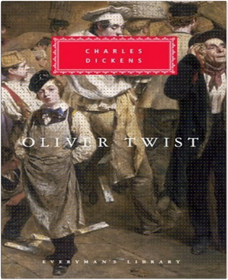 Our Mutual Friend (Everyman's Library) 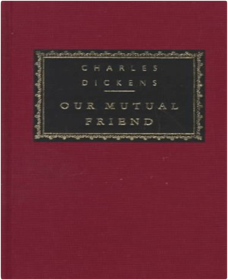 Sketches of Young Gentlemen and Young Couples: With Sketches of Young Ladies by Edward Caswall 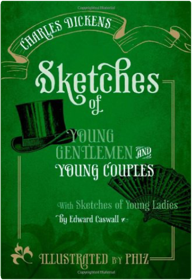 The Mystery of Edwin Drood (Everyman's Library) 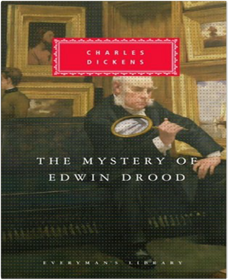 Charles Dickens’s final, unfinished novel is in many ways his most intriguing. A highly atmospheric tale of murder, The Mystery of Edwin Drood foreshadows both the detective stories of Conan Doyle and the nightmarish novels of Kafka. As in many of Dickens’s greatest novels, the gulf between appearance and reality drives the action. Set in the seemingly innocuous cathedral town of Cloisterham, the story rapidly darkens with a sense of impending evil. Central to the plot is John Jasper: in public he is a man of integrity and benevolence; in private he is an opium addict. And while seeming to smile on the engagement of his nephew, Edwin Drood, he is, in fact, consumed by jealousy, driven to terrify the boy’s fiancée and to plot the murder of Edwin himself. Though The Mystery of Edwin Drood is one of its author’s darkest books, it also bustles with a vast roster of memorable–and delightfully named–minor characters: Mrs. Billikins, the landlady; the foolish Mr. Sapsea; the domineering philanthropist, Mr. Honeythunder; and the mysterious Datchery. Several attempts have been made over the years to complete the novel and solve the mystery, but even in its unfinished state it is a gripping and haunting masterpiece. The Pickwick Papers (Everyman's Library (Cloth)) 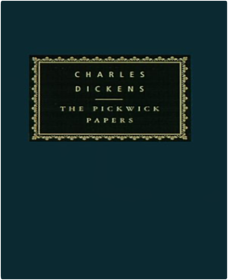 Charles Dickens’s satirical masterpiece, The Pickwick Papers, catapulted the young writer into literary fame when it was first serialized in 1836–37. It recounts the rollicking adventures of the members of the Pickwick Club as they travel about England getting into all sorts of mischief. Laugh-out-loud funny and endlessly entertaining, the book also reveals Dickens’s burgeoning interest in the parliamentary system, lawyers, the Poor Laws, and the ills of debtors’ prisons. As G. K. Chesterton noted, “Before [Dickens] wrote a single real story, he had a kind of vision . . . a map full of fantastic towns, thundering coaches, clamorous market-places, uproarious inns, strange and swaggering figures. That vision was Pickwick.” The Uncommercial Traveller 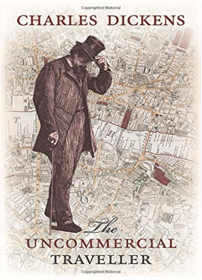 The work is quintessential Dickens, with each piece showcasing his imaginative writing style, his keen observational powers, and his characteristic wit. In this edition Daniel Tyler explores Dickens's fascination with the city and the book's connections with concerns evident in his fiction: social injustice, human mortality, a fascination with death and the passing of time. Often funny, sometimes indignant, always exuberant, The Uncommercial Traveller is a revelatory encounter with Dickens and the Victorian city he knew so well. What Christmas Is as We Grow Older 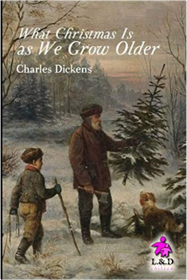 |


Delicious Library
Collection Total:
3,640 Items
3,640 Items
Last Updated:
Nov 2, 2025
Nov 2, 2025


 Made with Delicious Library
Made with Delicious Library